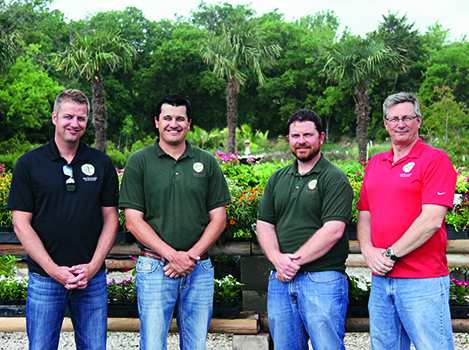No. 98
Earthtones Landscaping
Midlothian, Texas
Justin Crocker, president of Earthtones Landscaping, dropped the habit of scratching his head once he picked up the practice of crunching the numbers of a job before bidding on it.
Those numbers include big-picture material and labor costs down to the gallons of gas it takes to travel to a job site and minutes to conduct each service.
Once the company zeroed in on estimating those figures three years ago, it became more selective about the jobs it bid on because it could identify which were money makers and which were not. Foremost, it maximized profits.
“Before, we would be scratching our heads, asking ‘Why didn’t we make money on that job?’” Crocker says. “It came back to not understanding the numbers of the job. We weren’t accurately bidding the job upfront. If I could go back, my No. 1 thing I would tell myself is, ‘Know what it costs to put in that job before you sell it.’”
The first step for Earthtones to do that was to stop competing on “going rates” set by the market and instead create stiffer standards for itself. This meant it more frequently walked away from jobs, choosing not to bid on a project even if it had a fair shot at landing it.
It was scary at first, Crocker says. “I would rather see less jobs that are more profitable than huge sales numbers with weak margins,” he says.
He praised Earthtones’ maintenance division for how accurately it tracks job costs. The division made a formula, based on the square footage of a property, to calculate the minutes per year it spends on any given job site. From that, it creates an annual report that shows every minute spent on each property for the year.
The key to that formula, Crocker says, is diligently tracking and recording the time spent on a job site so the company has historical data to reference when estimating a prospective job.
“The better we track and document time and materials, the more historical data we have to dig through each year to make sure we are where we need to be to hit our goals,” Crocker says.
Putting such an emphasis on tracking means Crocker has slightly shifted his responsibilities in the company, spending less time in the field. While he’d rather be sitting on the seat of mower than in his office chair, he says the shift of duties is worthwhile.
“I realized my role, with the growth inside of the company, is probably spending less time out in the field and more time looking over our books and tracking our costs,” he says. “We can’t maintain the growth without better tracking and maintaining where our money’s going.”


